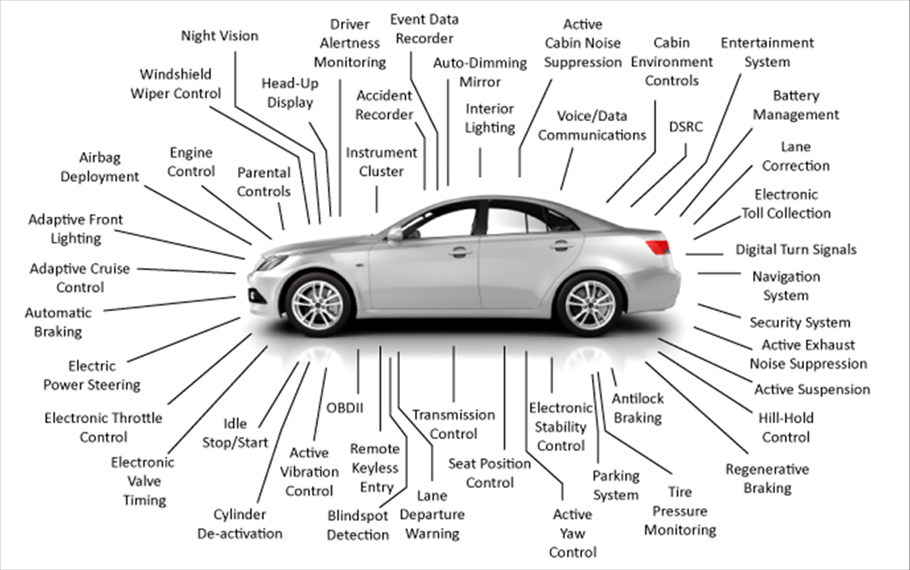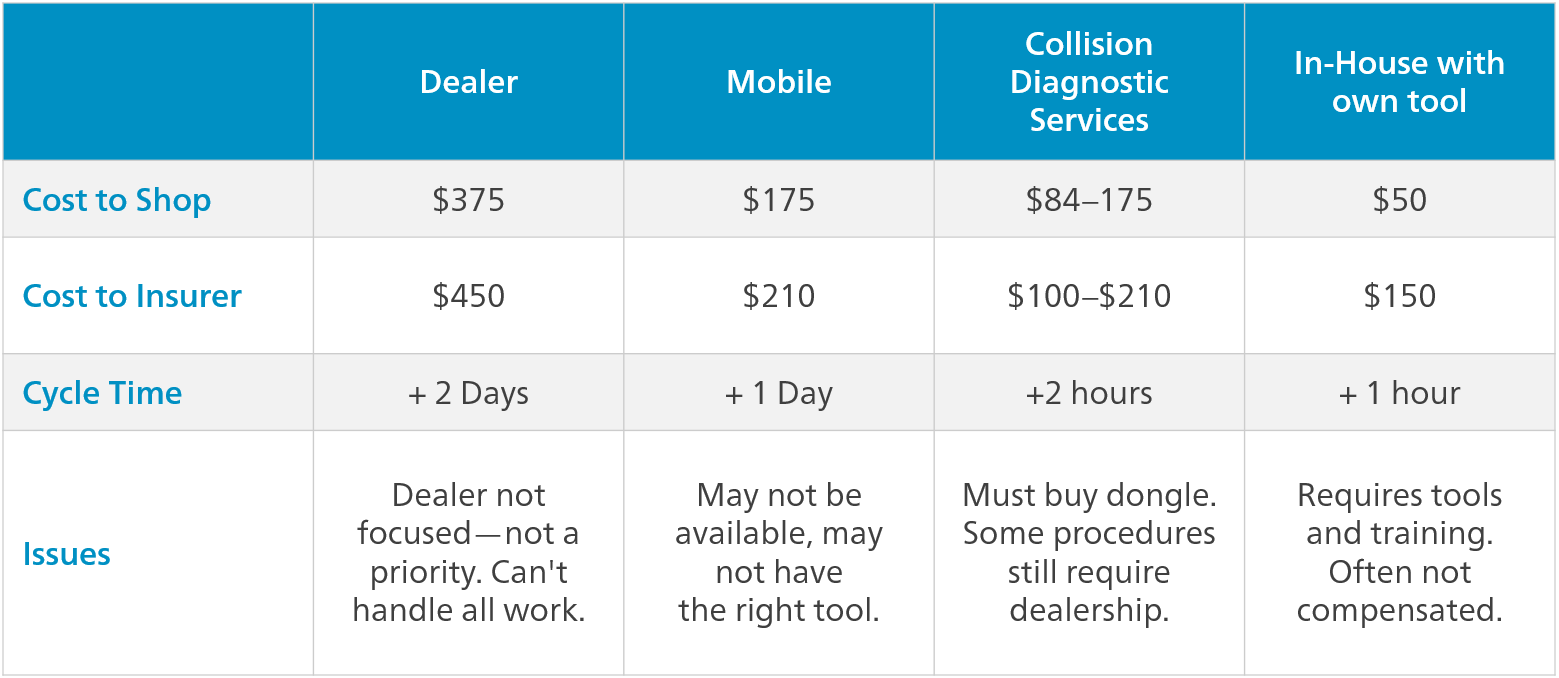The Importance of Automotive Diagnostics in Collision Repair
Vehicle Scanning for a Computer Network on Wheels
Vehicle complexity has exploded in the last decade. Collision repair used to be about sheet metal, headlamp and bumper replacement; now it involves more and more sophisticated electronics. Essentially repairers must be prepared to fix a computer network on wheels. With more complex parts and electronic components comes the ever-increasing need to incorporate pre- and post-scanning into today’s auto body repair procedures.\
Why is a Scan Tool Required?
Even when there is no visual damage and systems appear to be operating correctly, a collision can jar electronics like a car's blind spot detection system. If a blind spot detection system is off by even the slightest amount, it may mean the driver is not alerted to a motorcycle in the lane next to them. Which in turn, could be the difference between a simple lane change and tragedy. Knowing when to recalibrate vehicles after a collision is critical, this is where scan tools come in.1
What are the Options for Pre- and Post-Repair Scanning?

Currently, there are four options for repairers to scan a vehicle before and after repairs to be sure that all systems are working properly. Here are the options and their potential disadvantages:
- Take the car to the dealership: This option is time-consuming and delays delivery of the car to the customer, killing cycle time.
- Call the mobile guy with the van full of tools:2 With this option shops risk that the mobile scanning repairer may not have the right tool and skills and they may not even be available when you need them.
- Use an aftermarket tool: Some devices cost over $5k plus $1,200 updates, and insurers often won’t compensate these jobs.
- In-house solution using a remote or CD service to connect to OEM tool: This option has a significant cost, and some procedures still require taking the car to the dealership.

All four options add costs that often can’t be recouped. Insurers will not compensate for many scans, especially aftermarket scan tools—because there is no proof of the scan diagnostics.
Where Do We Go From Here?
Industry experts like Mike Anderson are recommending that any vehicle that is in a collision—no matter how minor—should be scanned before and after repairs.3 Most vehicle makers are taking the same stance. Read more about the OEM position statements on vehicle repair scanning. If shops truly want to provide the safest and most complete repair services to their customers, reduce cycle time and be compensated by insurers, an affordable in-house scan tool specifically designed and developed for collision repair shops is an absolute must.
1 Does Your Body Shop Need a Scan Tool? BodyShop Business., 03 Feb. 2012. Web. 2 CIC Emerging Technologies Subcommittee Discusses Pre- and Post-Repair Scanning BodyShop Business., Aug. 2016. Web. 3 Mike Anderson Reminds Industry That We Don't Know What We Don't Know, 21 Jul. 2015. Web.

